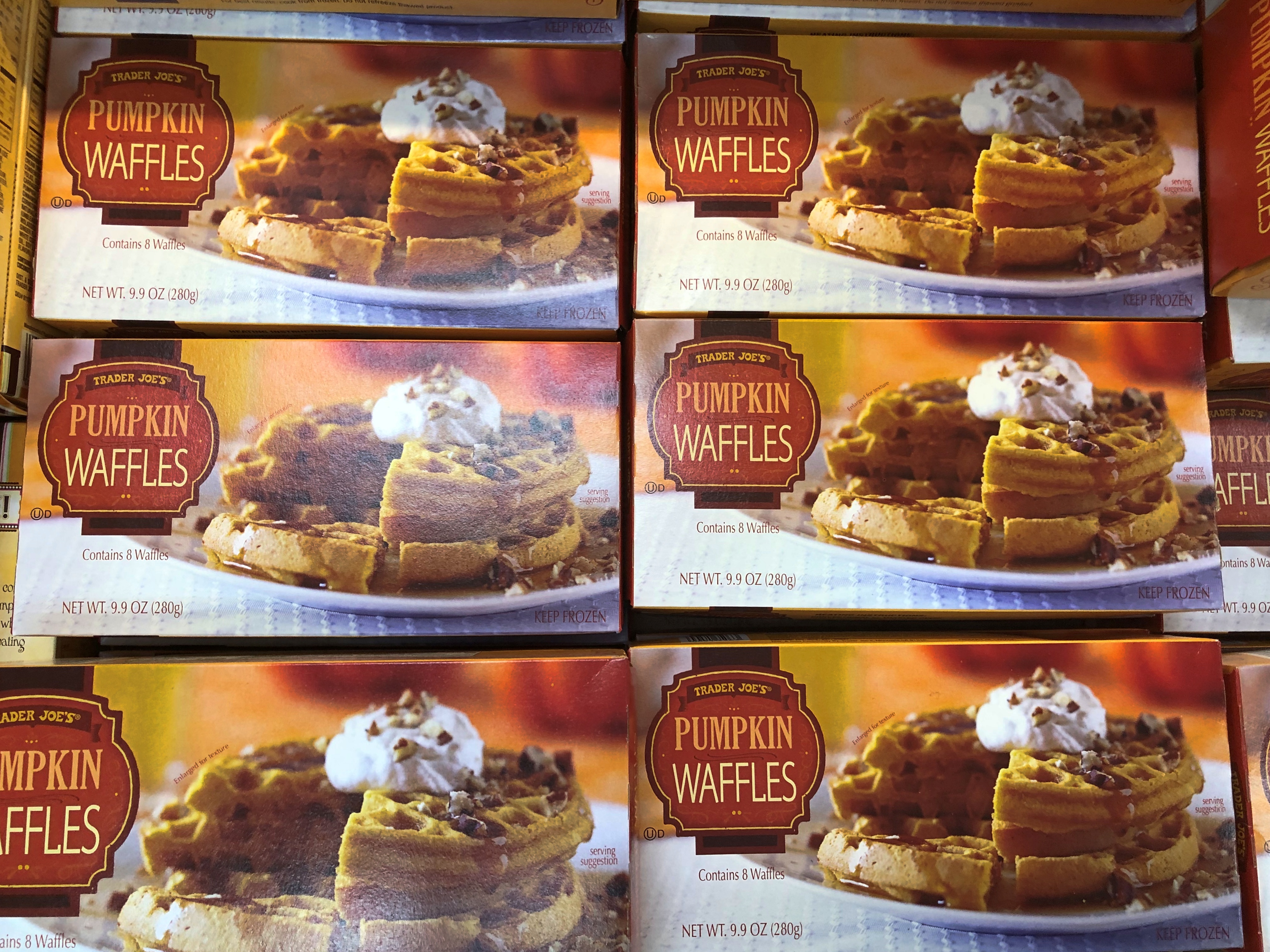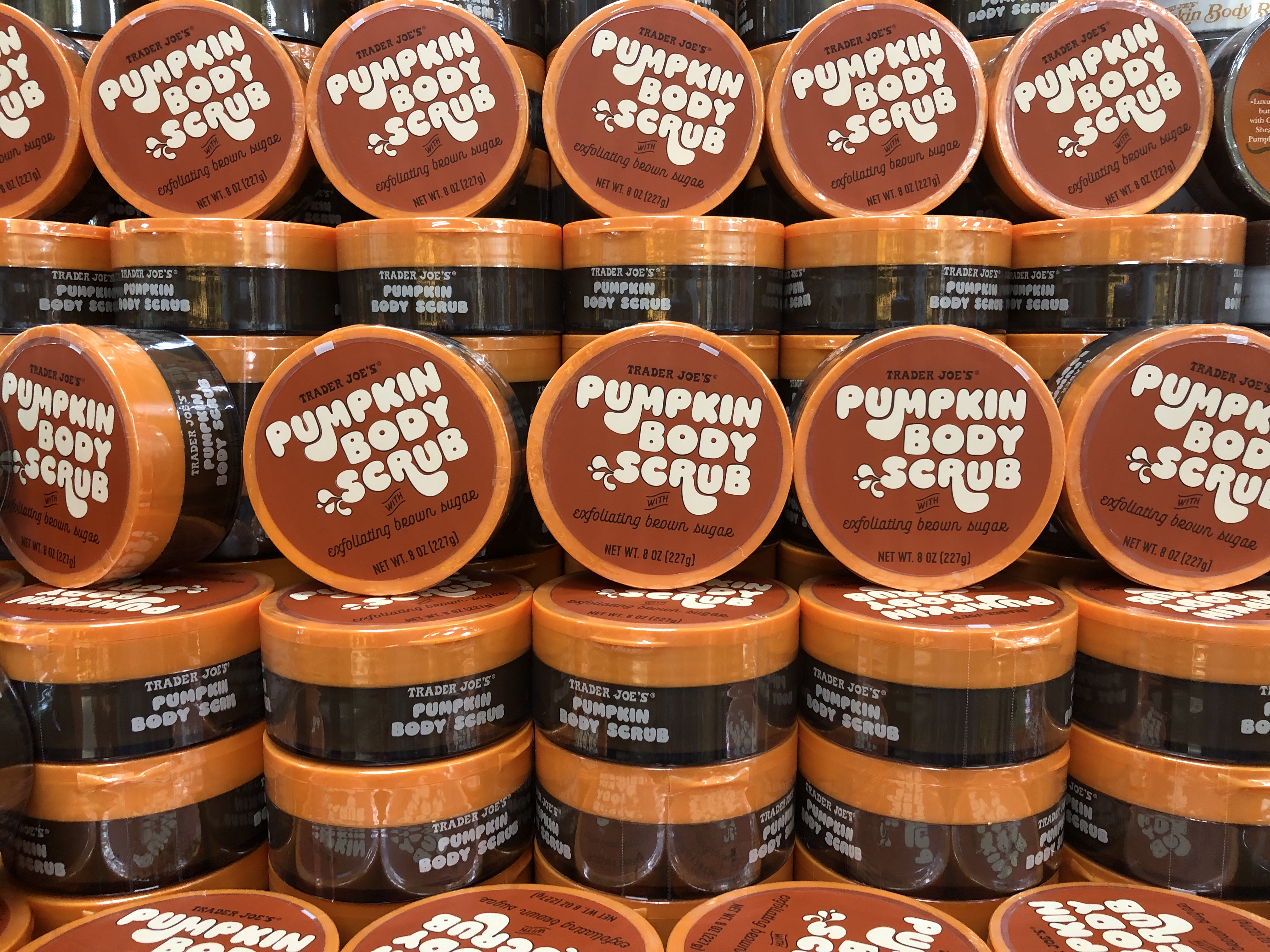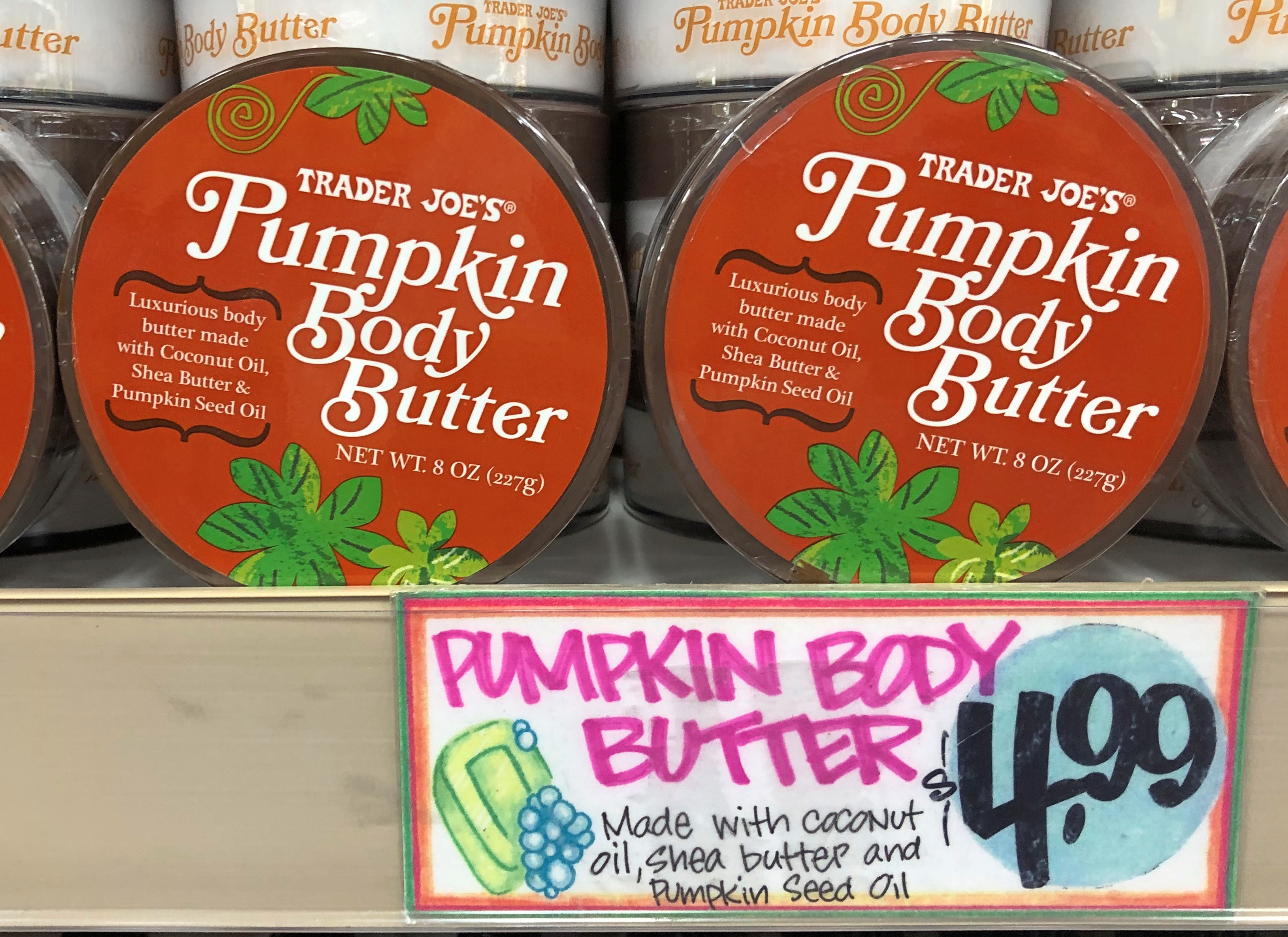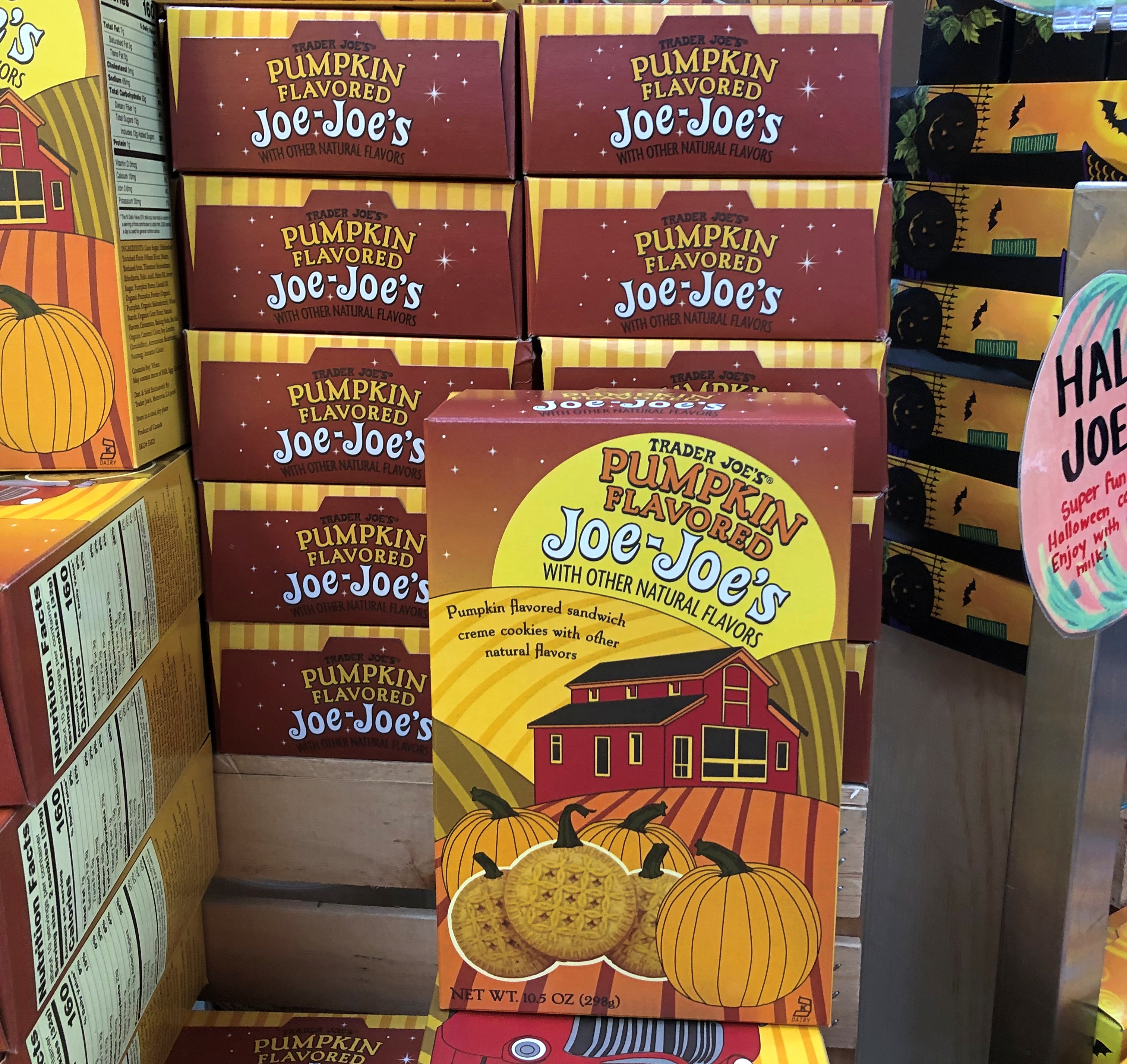A rainy day today, first one in a while, after a pleasantly warm but dry weekend. We can use the rain.
On Sunday I visited a popular grocery store chain, one – and there’s more than one such chain – controlled by shadowy German billionaires. Pumpkin merch is already front and center, including actual pumpkins. A pretty array.
Inside the store, I was inspired to look for pumpkin-adjacent products. They weren’t hard to find.


Does all this mean the pumpkin crop is larger than it used to be, to satisfy the lust for pumpkin-flavored this and that? I decided to look it up when I got home. In the meantime, the pumpkin parade continued. Even though it’s still September.


Pumpkin-flavored sandwich creme cookies.
That sounded pretty good, so I bought a box. They are good. Not great, but sweet and pumpkin flavored all right, though not overwhelmingly so.
As for the pumpkin crop, the USDA tells me that all states produce some pumpkins, but six states produce most of them.
This was a surprise: “In 2021, Illinois maintained its leading position in pumpkin acreage, harvesting more than twice as many pumpkin acres as any of the other top states, at 15,900 acres,” the agency says. “In the same year — California, Indiana, Michigan, Texas, and Virginia — each harvested between 4,500 and 7,400 acres.”
That’s a distinction that I never knew about Illinois, as long as I’ve lived here.
“Annual U.S. per capita availability of fresh pumpkins averaged about 5 pounds over 2019 to 2021, similar to levels during the past two decades,” which might mean the impact of those various products is relatively small. On the other hand, 2021 is at the high end of that average, so maybe all that pumpkin in all that bread, breakfast foods, cookies, alcoholic beverages and personal care products is starting to add up.